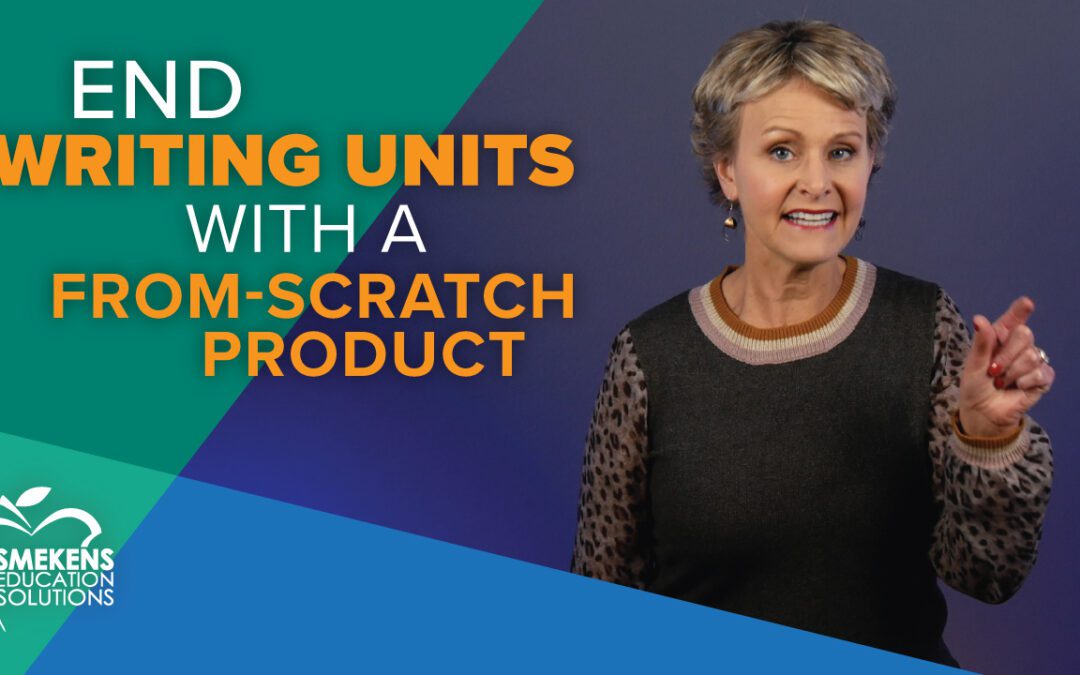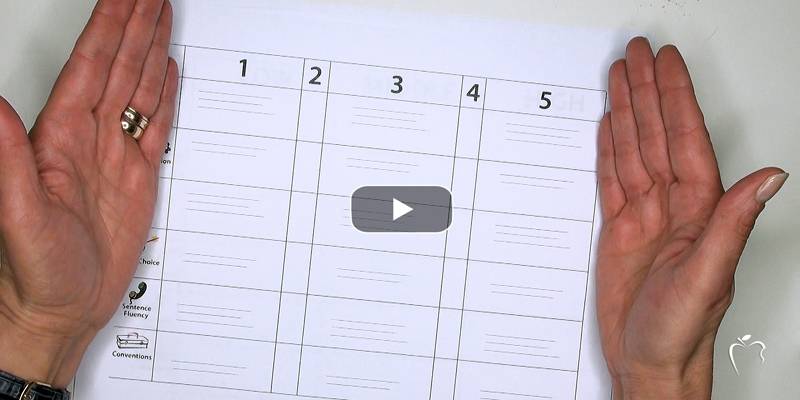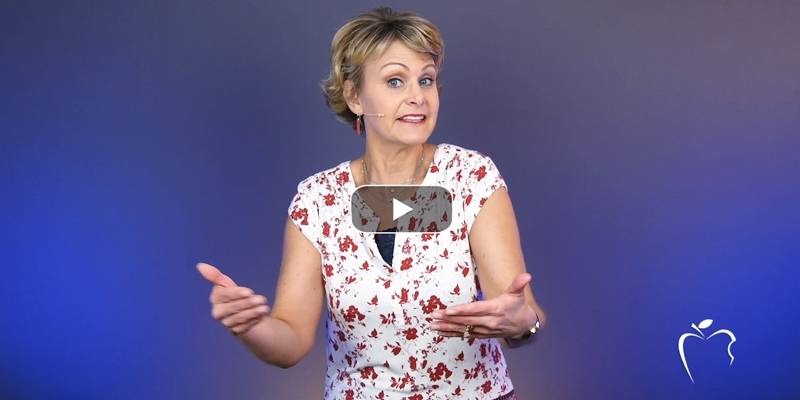Learning Center
writing
End writing units with a from-scratch product
november 1, 2022
When preparing a writing unit, teachers consider the new skills to teach and assess. But the point of the unit is not to spend weeks crafting the final product. Instead, the bulk of the unit is spent teaching new skills and providing students targeted experiences to practice them. This is the type of writing that happens DURING the unit. Then, at the END of the unit, a new writing is assigned and assessed for all the skills within a single, new product.
Mini-Lesson & Writing Time
Every new writing skill taught in a mini-lesson (i.e., I do, We do) is then followed with a “workshop” writing time (i.e., You do). This is when students dabble and experiment with the one skill that was just taught and modeled in the whole-class lesson.
When students “dabble with the skill” they are engaging in a low-stakes activity, just for practice, and on a simple topic. Students are not “dabbling” with the actual topic that will be used in the end-of-unit product.
- If you taught and modeled how to describe an object using the 5 senses, then that’s what the students will do—using a different object during writing time.
- If you taught and modeled how to include adjectives before nouns when labeling a picture, then that’s what the students will do—on a different topic during writing time.
- If you taught and modeled how to select appropriate transitions to use in a paragraph, then that’s what the students will do—with a different paragraph during writing time.
Since the teacher didn’t write a whole piece in the lesson, the students won’t do that during writing time. Rather, students will more likely generate a quick write, make lists, or attempt the skill by applying it to an old notebook entry. And none of these writing-time tasks will be part of the end-of-unit product.
Product & assessment
The purpose of an END-of-unit product is to assess what each student has learned DURING the unit. If the writing-time tasks are considered practices, then the end product is where it all comes together in a game.
Remember, the writing-time tasks were partial pieces, on insignificant topics, focused only on one skill, and included peer support and teacher feedback. But now, as the unit concludes, it’s time for the students to independently execute all of the skills within a new product.
Therefore, after all the new unit skills have been taught and practiced, the teacher utilizes the next mini-lesson to introduce the end-of-unit product. (This may include outlining the specific requirements, reviewing the recently taught skills, updating the rubric criteria, revealing parallel anchor papers, etc.) Then, that day’s writing time is spent generating the piece.
Now, if the length of the product you desire is longer than a single writing time allows, it simply carries over into consecutive workshop days—or it could be assigned as homework. And if you desire a final-draft product, then just plan additional days at the end of the unit to account for self-revision and self-editing time.
We need to get students to the point where they can employ a wide range of skills as they compose a full piece from beginning to end in one sitting. But to get to this level of mastery, we need to provide a scaffold of “practice” tasks that zero-in on specific skills.





